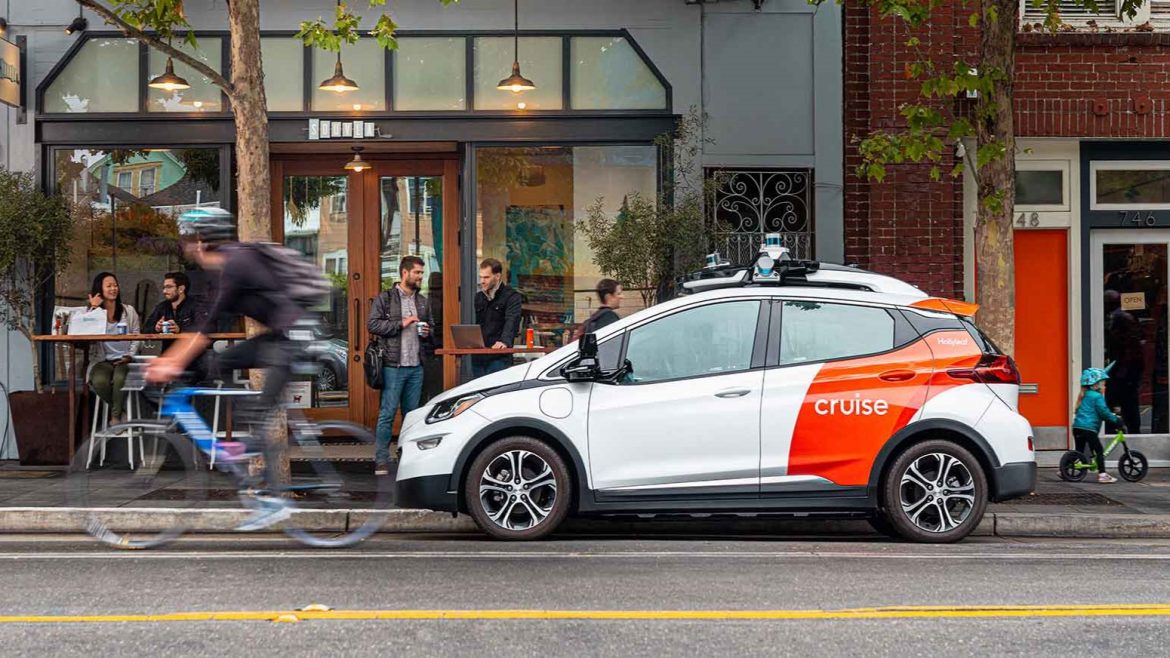General Motors’ autonomous vehicle unit, Cruise, announced a temporary halt to all supervised and manual car trips in the U.S. as part of its efforts to rebuild public trust following a recent accident. The move comes as Cruise expands its safety investigations and undergoes a comprehensive review of its safety systems and technology.
Safety measures and investigations
Cruise emphasized the pause as an “orderly” step to restore confidence and will continue vehicle operations in controlled training environments. The company has enlisted Exponent, an independent engineering firm, to conduct a thorough review, extending beyond the initial incident analysis on October 2.
As part of its commitment to safety, Cruise will bring in an external safety expert to assess the company’s safety operations and culture. This follows a decision to hire a permanent chief safety officer.
Management changes
The Cruise board meeting on Monday resulted in the appointment of GM’s general counsel, Craig Glidden, as chief administrative officer at Cruise. Glidden will oversee various teams, including communications and finance. This move is seen as a response to concerns raised by investors regarding Cruise’s communication approach after the October 2 accident.
Service suspension and impact
Cruise had suspended its Uber-like service with unmanned vehicles in San Francisco after the accident. The latest announcement extends the suspension to vehicles operated by human safety drivers, affecting approximately 70 vehicles.
Competitive landscape and future outlook
Cruise, a key player in the race to develop autonomous vehicles, faces competition from Alphabet’s Waymo and others. GM CEO Mary Barra, who is on Cruise’s board, has set an ambitious revenue target of USD 50 billion by 2030. However, the recent loss of over USD 700 million in Q3 2023 highlights the financial challenges as Cruise expands operations across 15 U.S. cities.
In response to safety concerns, the U.S. National Highway Traffic Safety Administration (NHTSA) is investigating Cruise vehicles. A previous order by the California Department of Motor Vehicles in October required the removal of Cruise’s driverless cars from state roads, citing public safety concerns and alleged misrepresentations about the technology’s safety.



